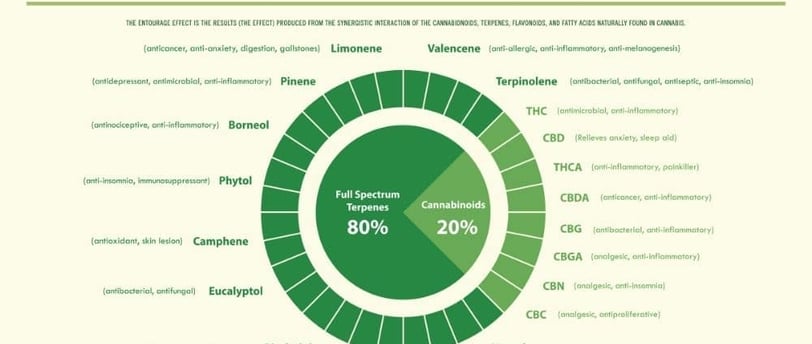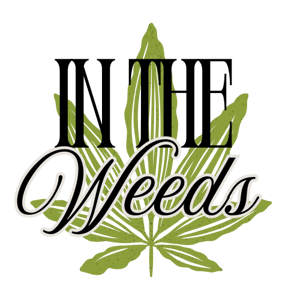CBD, THC & You
Breaking Down the Buzzwords
In The Weeds
3/5/20212 min read


Let’s be honest: if cannabis was a high school, CBD would be the straight-A student everyone wants to sit next to, while THC is the kid getting called to the principal’s office for being “too chill.” And then there’s CBG, CBN, CBC—an entire cannabinoid alphabet soup that’s making even the most seasoned stoners do a double take.
So what’s the real deal with these compounds, and why do they matter? Let’s clear the haze.
First things first—CBD (cannabidiol) and THC (tetrahydrocannabinol) are the two most famous cannabinoids found in the cannabis plant. THC is the one that gets you high, thanks to how it binds with CB1 receptors in the brain. It’s responsible for the euphoria, couch lock, giggles, and, depending on your tolerance, fridge raids.
CBD, on the other hand, won’t get you stoned—but it’s a wellness rockstar in its own right. It interacts more subtly with the endocannabinoid system, helping with everything from anxiety and inflammation to sleep and chronic pain. It’s the chill without the trip. That’s why it’s showing up in everything from massage oil to pet treats to your mom’s favorite face serum.
But wait, there’s more. Enter minor cannabinoids—CBG (cannabigerol), CBN (cannabinol), CBC (cannabichromene). They don’t get the same airtime, but they’re turning heads in medical research. CBG is being studied for its antibacterial properties and potential in neuroprotection. CBN shows promise as a sleep aid. CBC might play a role in mood regulation. Translation: the future of cannabis isn’t just about getting high—it’s about getting better.
What makes it even cooler? These compounds often work better together—a phenomenon called the “entourage effect.” It’s the idea that cannabinoids, terpenes, and flavonoids team up like the Avengers to deliver stronger, more balanced effects. That’s why full-spectrum products are the go-to for many connoisseurs. Think of it like drinking fresh-squeezed juice instead of vitamin C tablets.
Now, where does hemp fit into all this? Industrial hemp contains less than 0.3% THC, which makes it legal at the federal level in the U.S. and a prime source for high-quality CBD and other non-psychoactive cannabinoids. It’s also the raw material behind many of the CBD tinctures and gummies flooding the wellness space.
But not all CBD is created equal. Some products are isolates—just pure CBD, stripped of everything else. Others are broad-spectrum (no THC but other cannabinoids included), and then there’s full-spectrum (includes trace THC, all other goodies intact). If you’re going for max effect, full-spectrum is often the way to go—but always check lab results and sourcing info.
Speaking of sourcing, companies like Dogwood Dispensary are raising the bar with clean extraction, organic cultivation, and third-party testing. And if you’re more of a DIY’er or just CBD-curious, there’s a goldmine of books and starter kits out there to help you explore your cannabinoid comfort zone.
As science keeps digging deeper, we’re learning that cannabis isn’t just a recreational plant—it’s a pharmacological treasure chest. And understanding the basics of what each cannabinoid does is your key to unlocking it.
So the next time someone asks, “Wait, is CBD even real?” you can confidently smile and say, “Only if better sleep, less stress, and natural anti-inflammatories are your thing.”
Now pass theCBD gummies, please.


